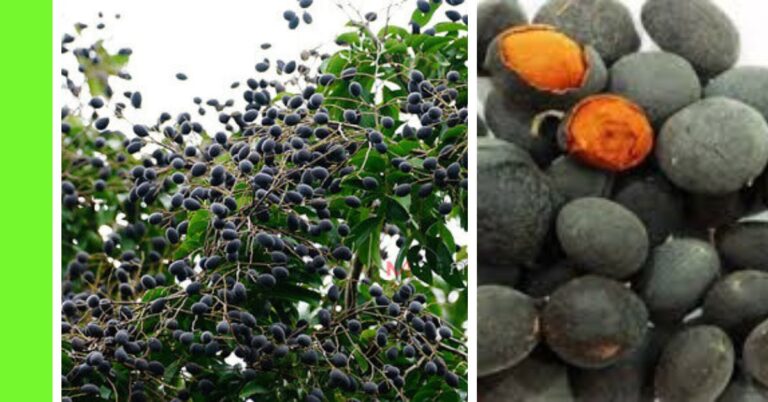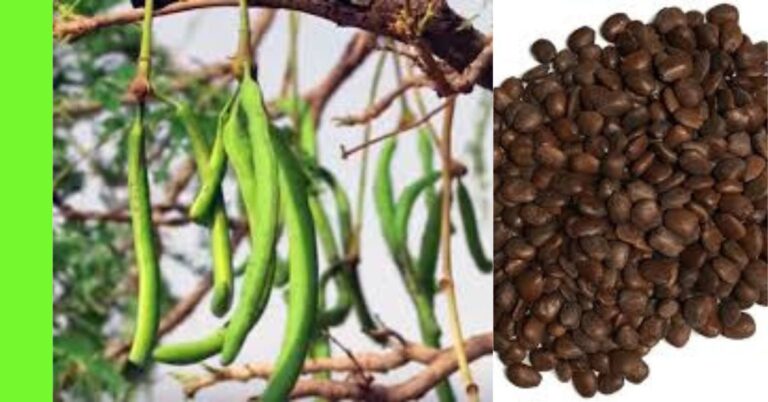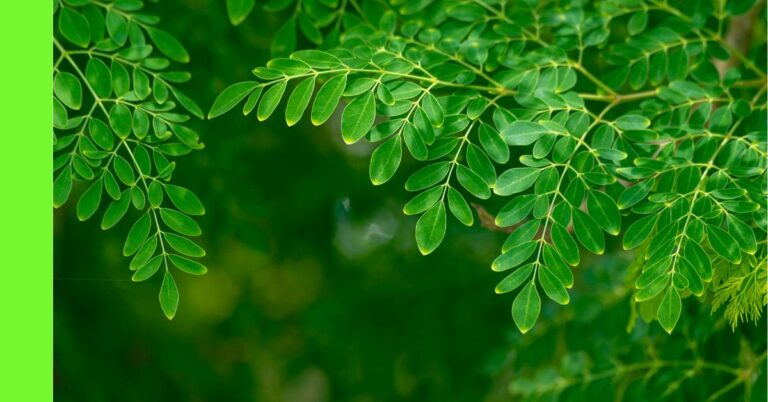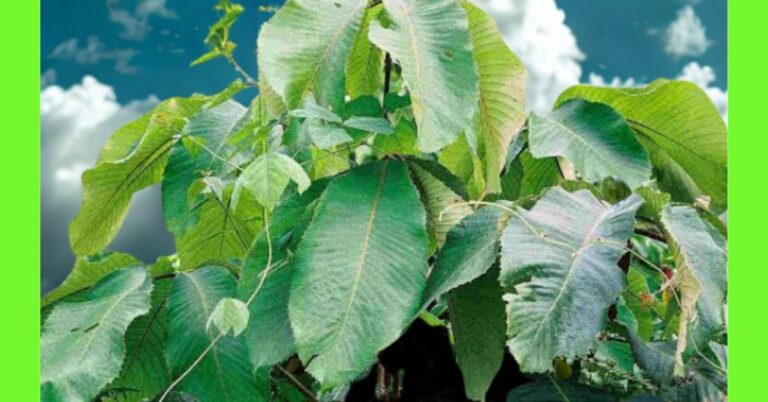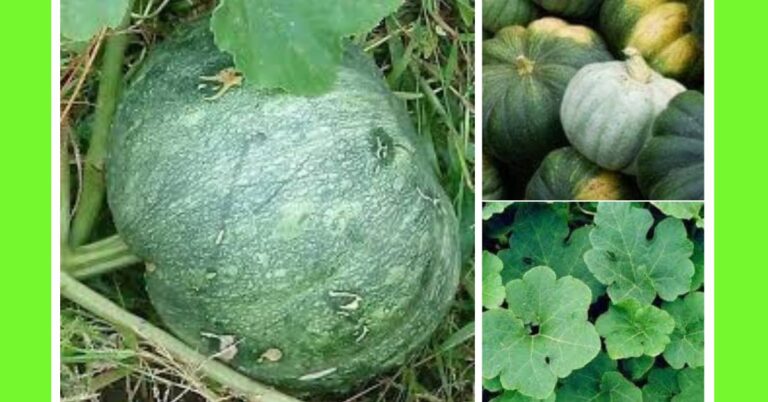How to Plant Kola nut in Nigeria: A Comprehensive Guide
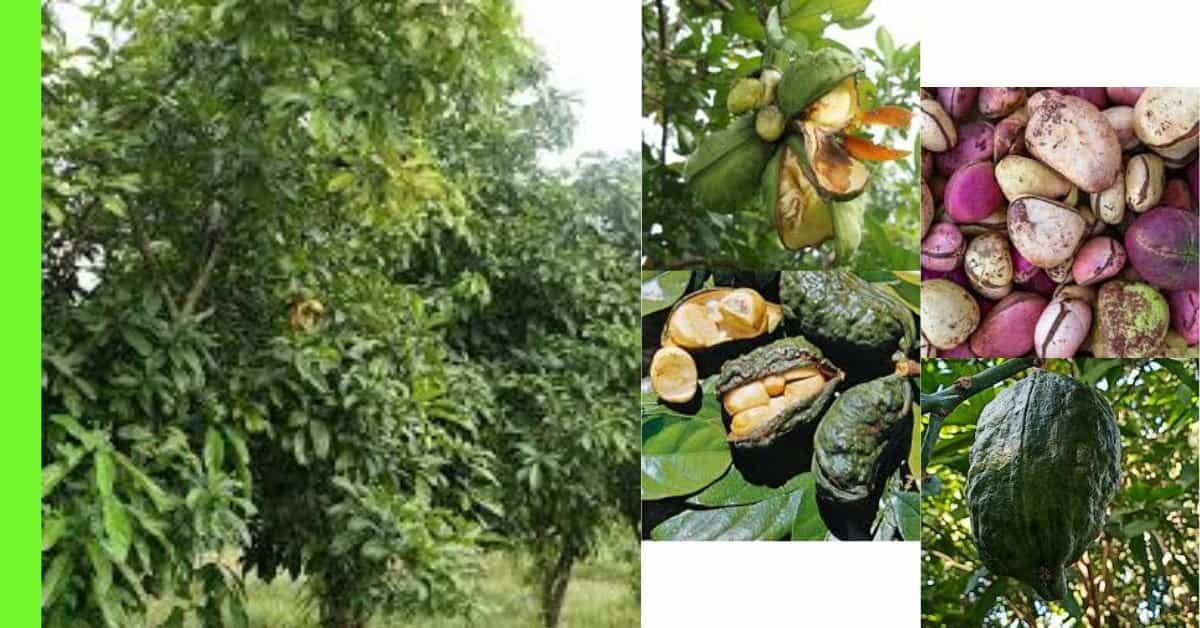
Kola nut is a crop in Nigeria that is highly regarded for its cultural, economic, and medicinal value.
The seeds are often used in traditional ceremonies, and the crop plays a crucial role in many communities’ livelihoods.
Planting kola nuts is a significant agricultural activity, especially in southern Nigeria, where the climate is conducive to growth.
This guide will walk you through the entire process of cultivating kola nuts, from selecting a suitable location to harvesting mature nuts.
Description of a Kolanut Plant
The kola nut tree (Cola acuminata and Cola nitida) is a tropical evergreen that can grow up to 20 meters in height.
Its broad, leathery leaves are dark green, and it produces pale yellow flowers with purple streaks.
The tree bears fruit in the form of star-shaped pods containing multiple seeds.
These seeds, known as kola nuts, are small, round, and vary in colour from white to pink or reddish-brown.
Kolanuts are known for their high caffeine content, making them a common stimulant in many cultures.
Planting Season for Kolanut in Nigeria
Kolanut is best planted during the rainy season, typically from April to October in Nigeria.
During this period, the soil retains moisture, essential for the seeds to germinate and grow.
It’s important to note that young kola nut plants need consistent moisture for their first few years, making the rainy season the ideal time for planting.
Planting Kolanut
Step 1: Choose a Location
Selecting a proper location is crucial for the healthy growth of kola nut trees.
These trees thrive in regions with high rainfall and humid conditions, ideally in the southern part of Nigeria.
The location should be free from waterlogging, as stagnant water can harm the roots.
A well-drained loamy or clay-loamy soil with a slightly acidic to neutral pH (around 6.0 to 7.0) is ideal for planting kola nuts.
Step 2: Land Clearing and Preparation
Before planting, the land should be properly cleared of any weeds, shrubs, or trees.
Mechanical tools like bulldozers may be used for large-scale plantations, but manual clearing may suffice for small-scale farming.
After clearing, plough the land to a depth of about 30 cm to improve soil aeration and make the ground soft enough for planting.
Step 3: Means of Propagation
Kolanut trees can be propagated through seeds or vegetative methods such as grafting and budding.
However, planting seeds is the most common method for farmers in Nigeria.
Vegetative propagation methods like budding and grafting can result in faster fruiting, but they are more labour-intensive and require specialized skills.
Step 4: How to Plant Kolanut from Seed
- Select Healthy Seeds: Choose seeds from mature, healthy kola nut pods. Ensure the seeds are free from any signs of pest infestation or disease.
- Pre-Treat the Seeds: Kolanut seeds have a tough outer layer. Soak them in water for about 24 hours before planting to soften the seed coat and encourage faster germination.
- Planting Depth: Dig a hole about 5 to 7 cm deep and place the seed inside, covering it with loose soil. Kolanut seeds should be planted in rows, with a spacing of 10 to 12 meters between trees to allow for proper canopy development.
- Germination Time: Kola nut seeds typically germinate within 2 to 4 weeks under ideal conditions. Ensure the planted area is well-shaded, as young seedlings are sensitive to direct sunlight.
Step 5: Watering
Kolanut trees require regular watering, especially during the early stages of growth.
The trees thrive in moist soil, so you will need to irrigate the soil frequently during dry spells or planting outside the rainy season.
However, avoid waterlogging, as it can damage the roots.
During dry periods, it’s best to water once or twice a week to maintain a moderate level of moisture.
Step 6: Apply Manure
For optimal growth, kola nut trees need nutrient-rich soil.
You can apply organic manure such as compost or well-rotted farmyard manure to improve soil fertility.
This should be done during land preparation and periodically (every 6 to 12 months) throughout the tree’s growth cycle.
Fertilizers rich in nitrogen, phosphorus, and potassium (NPK) can also enhance growth and increase yield.
Maturity and Harvest
Kola nut trees take considerable time to mature, often between 4 to 7 years, depending on the variety and growing conditions.
The trees will begin to bear fruit once they reach maturity.
Harvesting occurs when the fruits (pods) turn yellowish or reddish and start splitting open naturally.
This typically happens between September and January.
Kola nut is harvested manually by climbing the tree and plucking the ripe pods.
The seeds are then extracted from the pods and dried for several days before being ready for sale or consumption.
Pests and Diseases
Kolanut trees are vulnerable to several pests and diseases affecting their productivity.
Common Pests:
- Kola weevils: These insects bore into the pods and seeds, causing significant damage.
- Termites: They attack the roots of young kola nut trees, which can stunt growth or kill the plant.
- Mealybugs and Aphids: These pests suck sap from the leaves, weakening the tree and reducing its ability to bear fruit.
Common Diseases:
- Black pod disease: Caused by a fungal infection, this disease leads to black lesions on the pods and may result in significant crop losses.
- Root rot: Often caused by waterlogging, root rot affects the roots of the kola nut tree, leading to stunted growth and wilting.
- Leaf spot: This disease manifests as brown or black spots on the leaves, eventually causing them to drop.
Pest and Disease Control
To protect your kola nut trees, here are some common pest and disease control measures:
- Good Farm Hygiene: Regularly clear the plantation of dead leaves, weeds, and other debris that may harbour pests or fungi.
- Pesticides and Fungicides: Apply appropriate insecticides and fungicides to control pests and diseases. Organic options such as neem oil can be used for natural pest control.
- Biological Control: Introduce beneficial insects like ladybugs and lacewings, which prey on pests such as aphids and mealybugs.
- Proper Water Management: To avoid waterlogging, ensure proper drainage and apply fungicides to prevent root rot.
- Resistant Varieties: Planting disease-resistant kola nut varieties can reduce the chances of crop loss due to infections.
How Many Kolanut Plants Can I Grow in an Acre of Land, and What Quality of Kolanut Can I Harvest?
An acre of land can typically support about 50 to 60 kola nut trees, depending on the spacing used during planting.
It’s recommended to plant kola nut trees at a distance of 10 to 12 meters apart, both within and between rows.
This spacing ensures that each tree has enough room for its roots and canopy to spread, which leads to better fruiting and overall health.
The quality of kola nut harvested depends on several factors, including the variety planted, soil fertility, pest and disease management, and weather conditions.
Properly managed kola nut trees can produce high-quality, large-sized nuts with a bright, vibrant colour, which fetches a higher market value.
On average, each tree can produce about 10 to 30 kg of kola nut annually, but this yield can vary based on the care and maintenance provided.
By following the steps outlined in this guide, you can successfully plant, nurture, and harvest kola nuts, contributing to the local economy and reaping the benefits of this culturally significant crop.
I hope this article was helpful.

